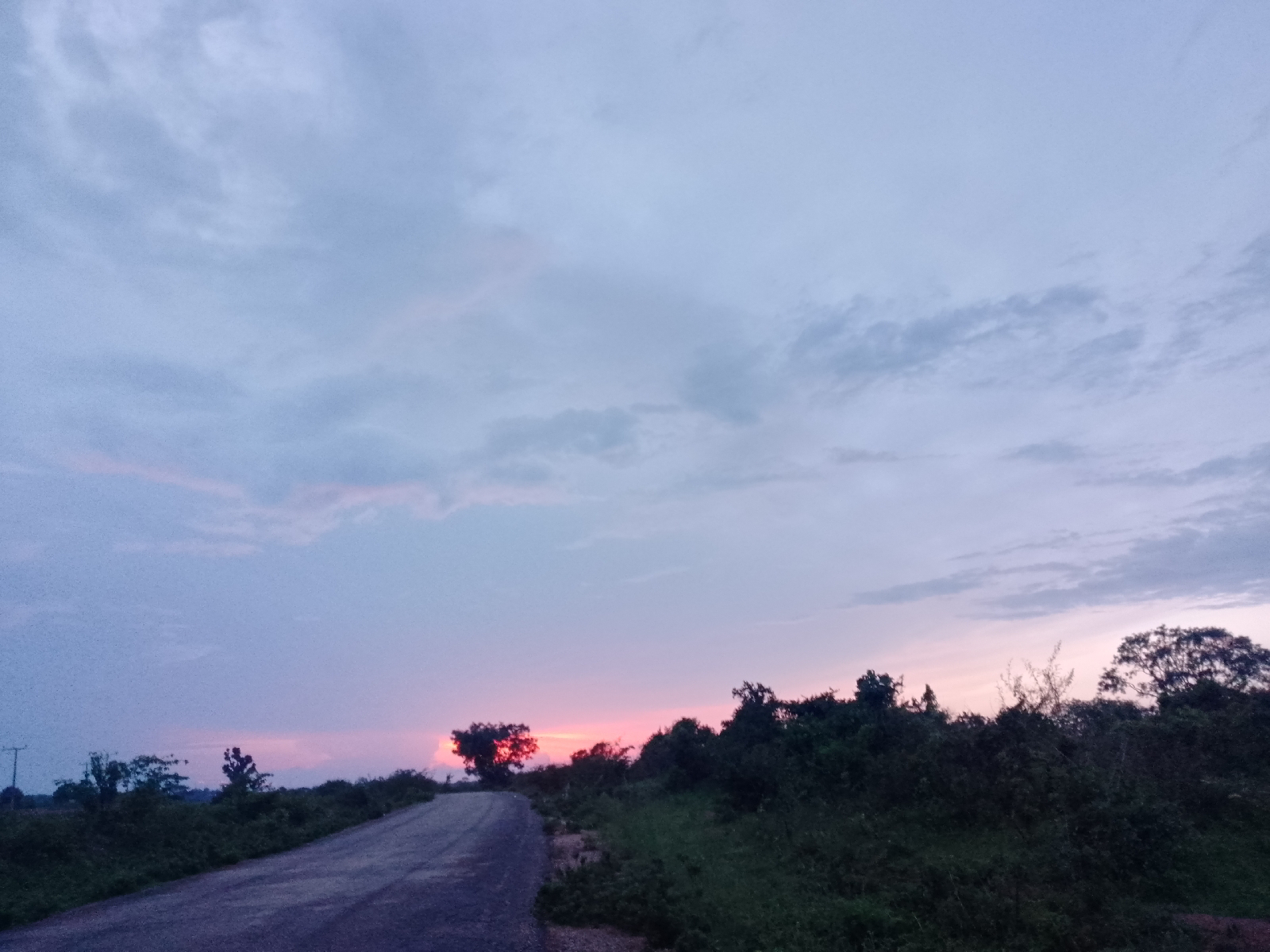Berom Marital Ritual
*BEROM TRADITIONAL MARRIAGE.*
*BY CHUNG DAVID DAVOU 2014.*
*1.0 Introduction.*
The Berom Traditional marriage is a very unique feast in Berom land. In the past, it was seen as a sacred rite where all details are observed keenly and carried out to the later.
*1.1 Engagement.*
Engagements in Berom land were done on behalf of the younger ones by their parents while they are still very tender.
It was obligatory of parents who have a young male child to wait for another family to give birth to a female child to ask for her hand in marriage.
They first of all study the other family to be sure they are of good character before seeking for their hand in marriage.
It was a family vs family affair and not the two children.
Other families usually do not seek for marriage from families associated with; theft, laziness, prostitution etc.
To seal an engagement, the family of the male child would have to take either a chicken or goat to the family of the female child, depending on how buoyant they are.
*1.2 Annual Affirmation.*
The family of the male child will have to reaffirm their interest yearly by taking a chicken or goat to the other family.
Where the male child is of age, it also becomes obligatory for him to farm for his in-laws on a yearly basis.
These will continue till he becomes man enough to take his bride.
*2.1 Forceful Elopement.*
Usually, a male child would have to prove his capability by eloping with his betrothed. When he is ready for such, he invites his strong and agile friends to accompany him because certain families would not part with their daughter just like that. They may put up a fight before taking the lady away from her family.
*2.2 Peaceful Elopement*
The two may choose to secretly and peacefully.
Here they arrange on where to meet before proceeding to the family of the boy.
The girl may go out informing her parents that she is either going to the stream to fetch water or to the nearby bush to get firewood while she has a motive to elope.
*2.3 Report.*
Reports are usually in two categories.
The first is from the young man to his parents. He informs them of his act in order to take proper action.
The parents haven *prepared initially* for the arrival of the bride will call a few elders early in the morning in order to report to the other family not to go in search for their daughter as she is with them. Coded as the language is, they understand themselves clearly.
*3.1 Fattening Period.*
There usually a fattening period before the time of *pat gwel.*
A special room is *usually prepared* in the house waiting for the arrival of the bride. This room was called *Lee* in Berom language. It could be an upper chamber (i.e semi upstair) or a normal room depending on the wealth of the family.
The *gwel* is secretly kept inside the *Lee* where no one is expected to see her, even her husband except a few selected women who are set aside to tend to her.
Here she is fed with the best diet and treated like a queen. She is made to feel relax in order to blossom preparatory for the main feast of *pat gwel.* She is expected to stay inside for two weeks on an average before the feast.
It was a thing of pride for the groom and his family where the parents of the bride could not recognize their daughter during the feast.
*3.2 Bride Price/Wealth.*
Before the main feast, the family of the groom goes to me bride's family to negotiate the bride price.
*Payment* is usually done without any delays since the family must have been preparing since the birth of the child.
The price was also a little amount since the *yearly affirmations* have covered other aspects of the payment.
Here the family of the bride is also informed of the day of *pat gwel.*
*3.3 Invitation.*
Friends and family are usually invited to witness the *pat gwel* and *weneng* proper.
Invitation was usually not restricted to just family and friends but extended to the general public.
*3.4 Pat Gwel/ Weneng.*
On this day, the bride is usually adorned in the best attire available. She was rubbed with *ney fwat* so as to dazzle above all.
Assorted drinks and dishes are prepared for the feast. Families, friends and guests are expected to be all seated before the bride is exposed.
The groom also dresses in his fine attire, waiting for arrival of his bride whom he has missed for two weeks.
The brides comes in company of the women tending to her well covered. They stay behind waiting to called upon for exposition.
A high seat is also placed in the front expecting the bride. When called upon, she is led by the same women who will unveil her before her groom and the general public. There and then, they are pronounced husband and wife and the feast goes on.
*4.1 Conclusion.*
The feast lingers into the evening period where betrothed folks use the opportunity to meet and interact. On this day, some young men and women use the avenue created to elope as well.
*REFERENCES.*
*Late Da Steven Davou, Kuru (2012).*
*Late Ngwo Kumbo Gyang Jeh, Zawan (1996).*

Comments
Post a Comment